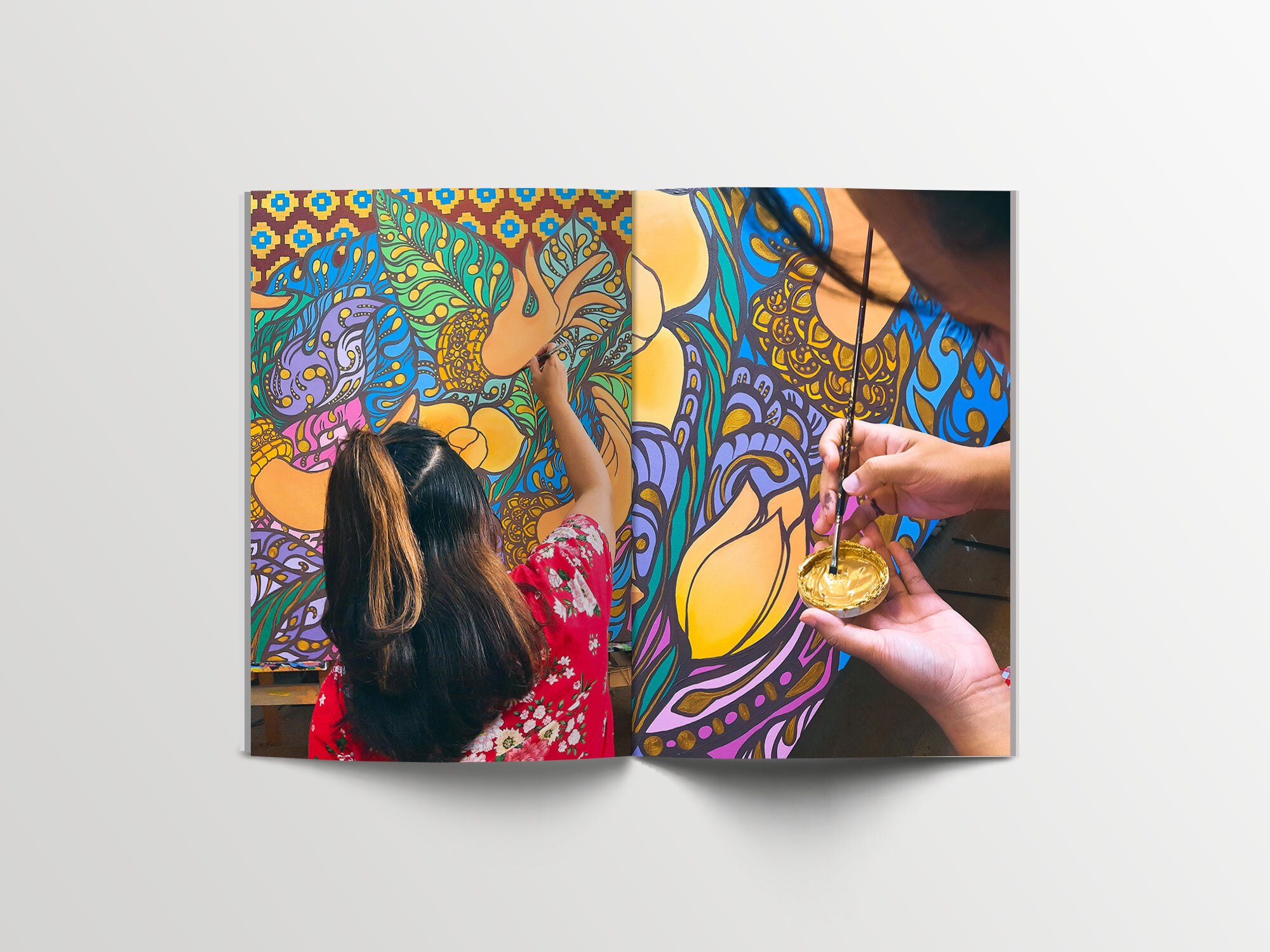How We...Curate Images For Our Art Books
Curating imagery for our books is a crucial aspect of our publishing process. It requires careful consideration, attention to detail, and understanding of the bigger picture i.e. the final book. When selecting images for our books, we strive to choose ones that are not only relevant and visually captivating but also provide meaningful context and insight into the artwork and its creators.
This is what we think makes a great book and it is why we think artists like working with us.
In this post, we will explore some of the key points to keep in mind when curating imagery for an art book. By understanding these points, artists can better understand what to submit and how to showcase their work in a way that is both engaging and meaningful to readers.
Relevance
The images should be relevant to the theme, topic, or format of the book. It goes without saying, but sometimes this gets lost. Imagery should not only be related to the subject matter but also contribute to the understanding or interpretation of it. So when selecting images, it is important to consider how they support or enhance the narrative of the book.
Quality
When showcasing artwork, it is best to use high-quality photographs of the pieces whenever possible. This allows readers to appreciate the details and colors of the artwork and can enhance their understanding of the work. It is however worth mentioning that low-quality images often have their own aesthetic and their own vibe. It might affect the final format of the book, but you might find a bit of magic so it’s always worth a consideration especially if there is something interesting about that image.
Visual interest
When selecting images for an art book, it is important to consider their visual appeal. While images of an artist at work or painting a wall may be relevant to the book's theme or topic, and you, the artist might love the image, they may not necessarily be visually interesting to the reader and you might have enough of that in there already. It is important to balance such images with ones that are visually captivating, such as close-ups of finished artwork, behind-the-scenes shots of the creative process, or images that showcase unique techniques or materials. By including visually interesting images, the book can capture and hold the reader's attention, and provide a more engaging and immersive experience.
Branding and Brands
While it may be tempting to include branding or logos or commercial work in an art book, it is important to do so in a subtle and tasteful manner. Excessive or blatant branding can be off-putting to readers and retailers and detract from the overall aesthetic and theme of the book. Instead, consider being subtle which allows the book to maintain a focus on the art and content, while still acknowledging any important contributors or supporters.
Copyright and Permission
It is important to obtain permission to use the images if you’ve been given them. Even if it’s you in the pictures. It is important to ensure we are not infringing on any copyright laws. Proper attribution and credit should also be given to the artist or photographer.
Variety
This is a hugely important point for us as a variety of images in terms of subject matter, style, and medium gives the audience a diverse and interesting visual experience.
A NOTE ON THE TEXT
For us text instead of relying solely on standard artist statements or biographies, consider including anecdotes, ideas, or notes on specific projects. This can provide readers with a more personal, intimate, and ultimately interesting look into process, influences, and motivations. Additionally, including essays or commentary from other experts or other artists can add further depth and perspective to a publication.
We use these points as a basic guide to our books and it helps provide the angle and perspective we know the audience enjoys. We always look for that element of originality and we look for those images that can help create an impact on the reader and get it right, we get to take readers on a journey through the artist's life and work in a way that is both informative and inspiring





